Monuments on the map
Romanesque monuments
-
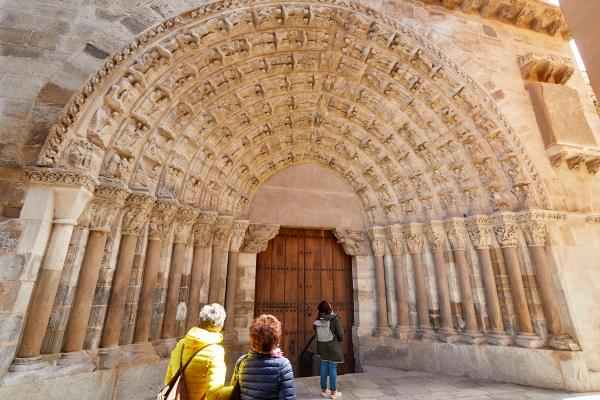 Cathedral of Santa María
Cathedral of Santa María
Cathedral of Santa María
In Tudela. Built in the 12th century on top of the main mosque of the city. With a Romanesque ground plan, it is divided into three naves and has three entrances. The south front (dedicated to the Virgin Mary) is the oldest and in the Romanesque style, as is the north façade, called Santa María. The third, and most eye-catching, is the spectacularly-decorated front depicting Doomsday. The cathedral has an interesting large Romanesque cloister, built towards the end of the 12th century.
-
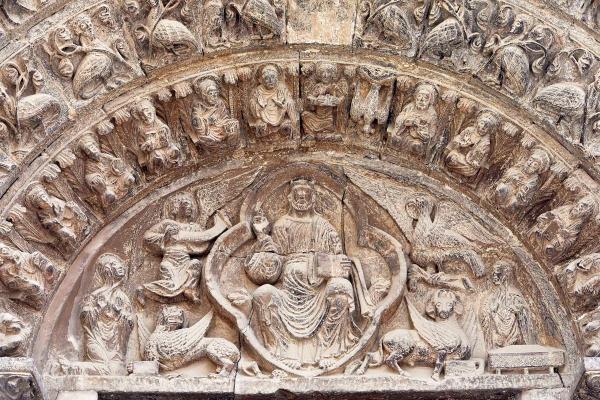 Church of Santa María Magdalena
Church of Santa María Magdalena
Church of Santa María Magdalena
In Tudela. The main façade, with a slender three-section tower attached to it, represents the essence of the Romanesque style in Tudela. It seems to have been built on top of an old Mozarabic church, which explains why the chancel is slightly off-centre.
-
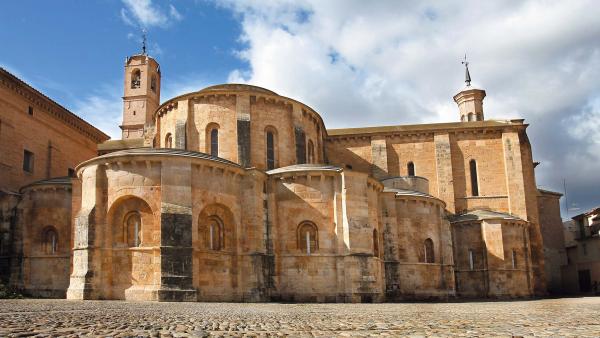 Monastery of Fitero
Monastery of Fitero
Monastery of Fitero
In Fitero. The first monastery of the Cistercian Order in the Iberian Peninsula and one of the few located within a town, its grandeur surprises the visitor. The abbey church has a chancel ambulatory with five chapels, making it a unique example of a Cistercian monastery in Spain. It also houses a large collection of Arabic chests, mediaeval caskets and a beautiful Gothic reliquary made from Limousin enamel.
-
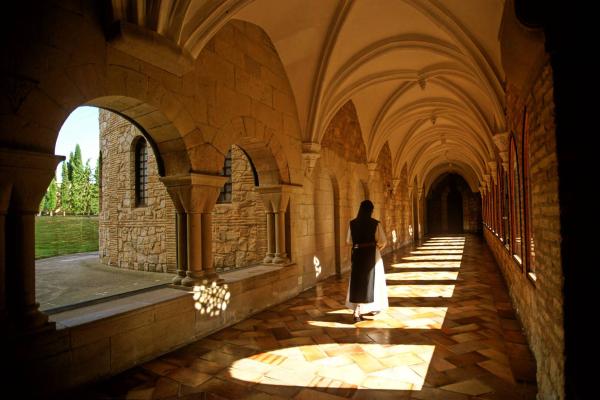 Monastery of Tulebras
Monastery of Tulebras
Monastery of Tulebras
In Tulebras. The first church founded by the Cistercians in Spain. Built in the Romanesque style, mainly visible on the façades, nave and chancel. It also has an interesting collection of religious art in its museum.
-
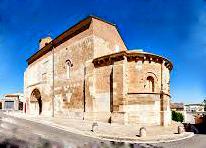 Church of San Juan de Jerusalén
Church of San Juan de Jerusalén
Church of San Juan de Jerusalén
In Cabanillas. A simple building with a single nave and a beautiful domed front that was put back in its original place after a complete restoration. This church was home to hospitable monks who attended to pilgrims.


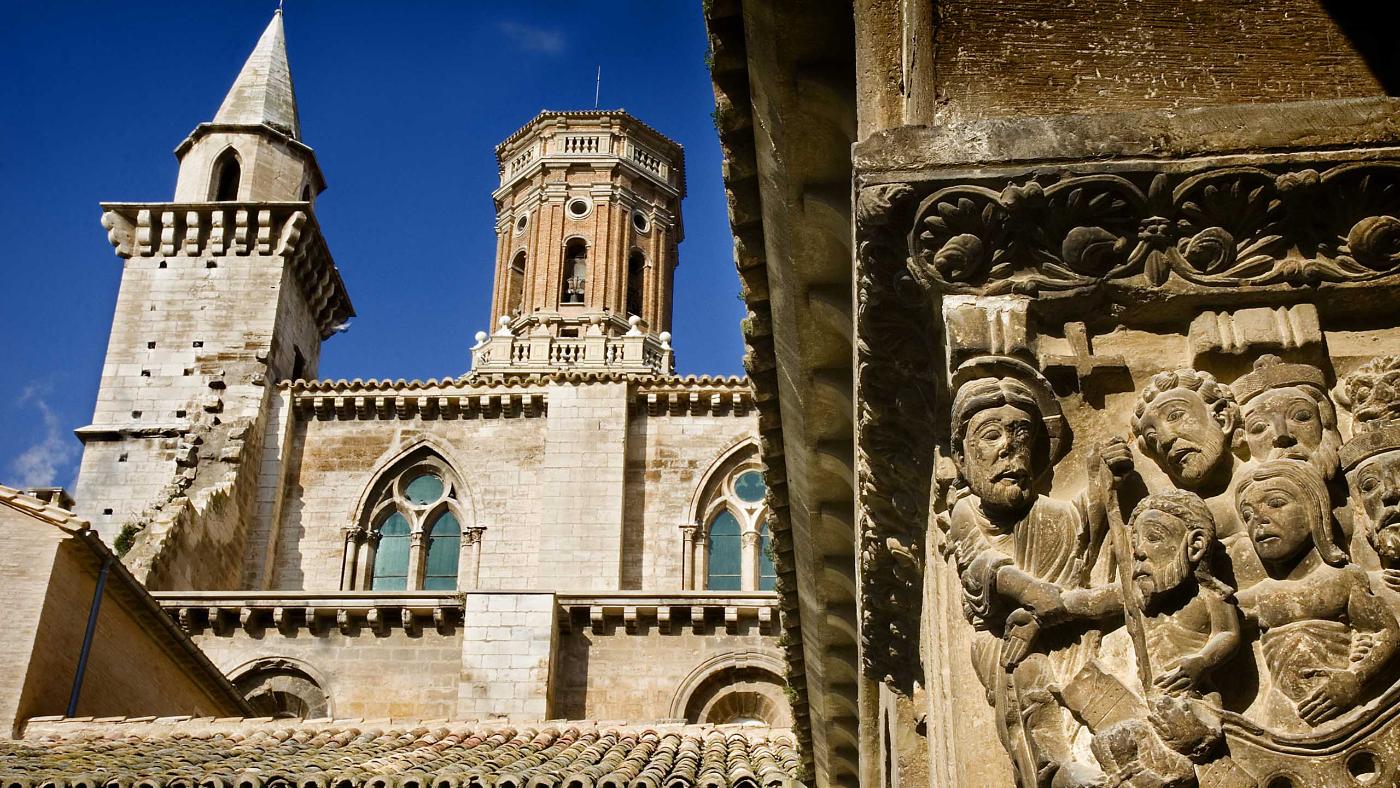.jpg)